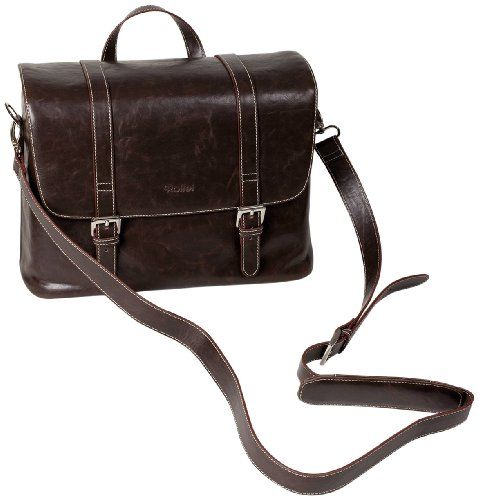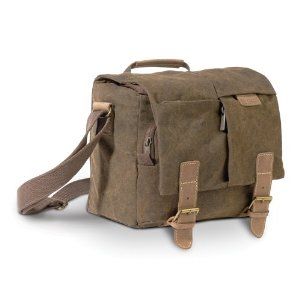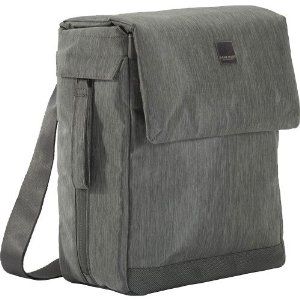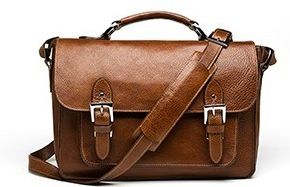
.
Do you remember the very good X-E1 review (with 5D Mark III comparison) of Martin, posted on Fujirumors here?
Now Martin posted his second test. Again, the Fuji [shoplink 7756]X-E1[/shoplink] has to compete with the [shoplink 7748]Canon 5D Mark III[/shoplink]! But in addition to the 5D he compared the X-E1 also with the [shoplink 7759]Canon EOS 600D[/shoplink] (APS-C sensor). This time the leses tested are the [shoplink 7764]XF 14mm[/shoplink] and [shoplink 7766]XF 35mm[/shoplink].
And also this time the review of Martin is well worth a read. (click here to read the whole review). I’ll post just an extract of his detailed review.
XF 35mm
The manual focus of the 35mm is tedious (the behaviour of the focus ring is not intuitive). The 35mm offers, compared to the 18-55, just a slightly increased resolution. He suggests you to buy the XF 18-55mm rather than with the XF 35/1.4, “provided you can do without the larger apertures. In particular since the zoom lens also offers an effective image stabilizer.” And more:
“The resolution of the full-frame EOS 5D Mark III can not be matched by the Fuji with neither lens, which was to be expected. […]
I was surprised by the good performance of the EOS 600D with its rather simple kit zoom lens (Canon EF-S 18-55 IS II). In the aperture range from f/5.6 onward, this combination gives at least as good resolution as the Fuji X-E1 with XF 35 mm fixed focal length optics. You can even see the minimal pixel count advantage of the Canon (18 MPixel versus 16 MPixel) in the resolution charts.”
And what about chromatic abberation?
“It is striking to see the Fuji prime lens XF 35mm deliver somewhat worse results than the XF zoom 18-55. One can assume that Fuji performs electronic corrections in camera, which also have an effect on RAW data.”
XF 14mm
This is an excellent lens.
“The autofocus has little to do at this focal length (21mm equivalent to full frame) and it works quickly and flawlessly… A most unique feature of this auto-focus lens is the ability to switch to a mechanically coupled manual focus. After pulling the focus ring towards the camera body the focus can be set directly, i.e. without a remote controlled servo motor. To achieve the coupling the focus motor firstly drives the optics to the mechanically preset focal length. After that, the coupling is automatically engaged. No operation of the small M-C-S rotary switch is required. […]
[…]Ultimately, the XF 14mm is the first and only XF series lens, which constitutes an excellent manual focus that is a real alternative to autofocus. I very much hope that Fuji will bring more optics with this design to the market in the future.”
The optical performance is “outstanding“, and the chromatic abberation test results are even lower than the Canon 5D Mark III (with 16-35 zoom lens).
from the conclusions
“One can ask the question why the X-E1 delivers a rock-solid performance in my tests, but is not the celebrated stellar performer as in some other reviews. The reason might be that I was analyzing RAW files and not the JPEGs out of the camera. Fuji’s software department has obviously done a great job and the X-E1 produces excellent JPEGs. But a comparison of raw sensor data is more revealing, since resolution measurements can be manipulated by JPEG sharpening almost arbitrarily. Only RAW files show the real performance of the optical system under similar conditions.
It turns out the X-E1 provides a very good image quality, but ultimately, it is on a par with other top APS-C cameras of similar resolution. Even with the two excellent prime lenses the X-E1 does not reach the resolving power of a full frame camera.”
Read it all, see the resolution and chromatic abberation charts and sample shots here at Martin’s webiste.
_
Fuji X-E1 info and price at [shopcountry 7756]
Canon 5D Mark III info and price at [shopcountry 7748]



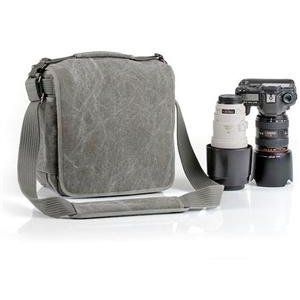
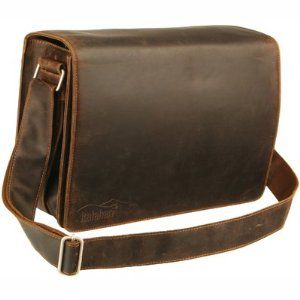 [/shoplink]
[/shoplink]
